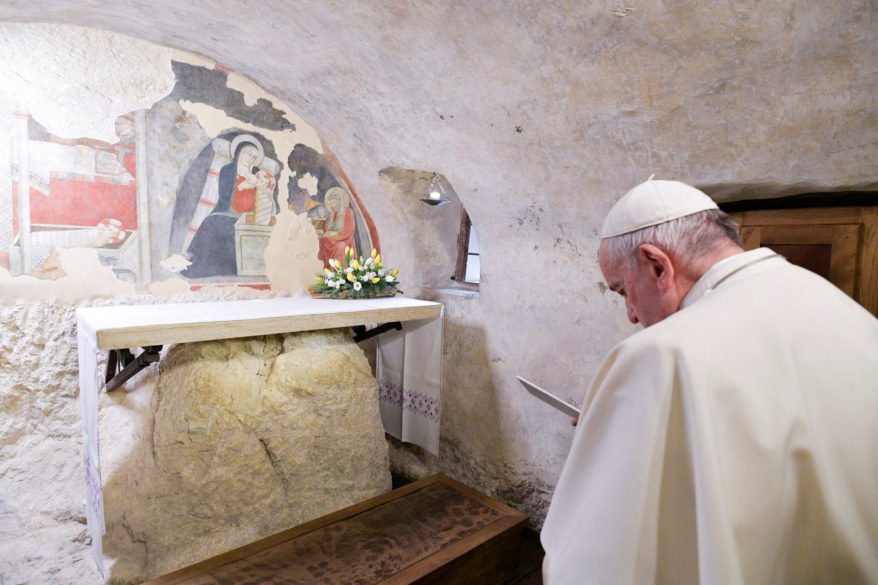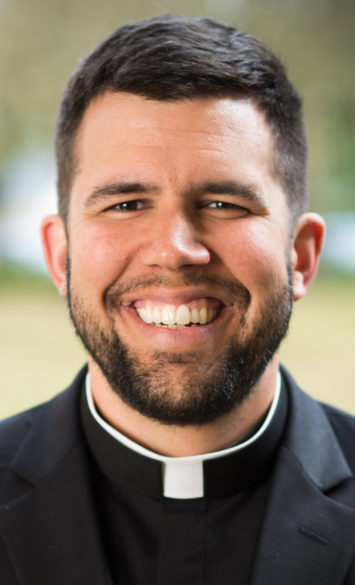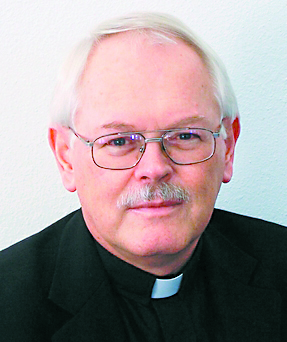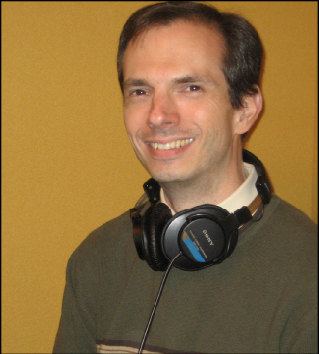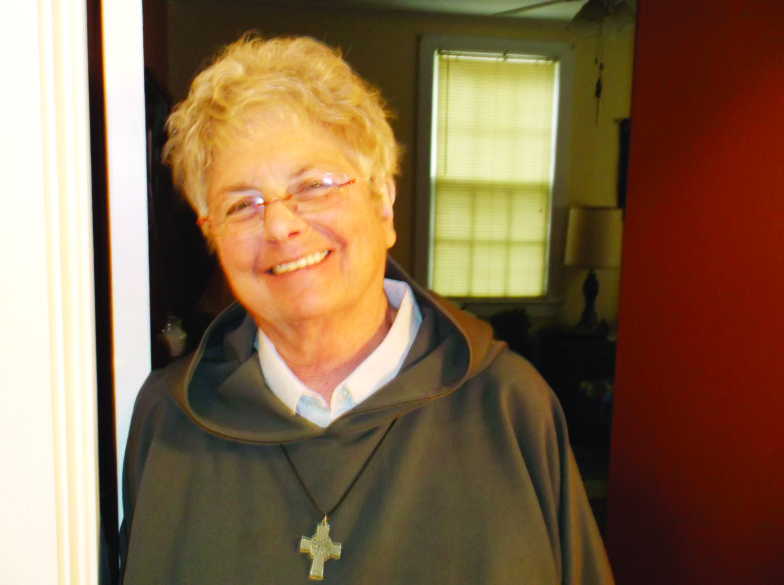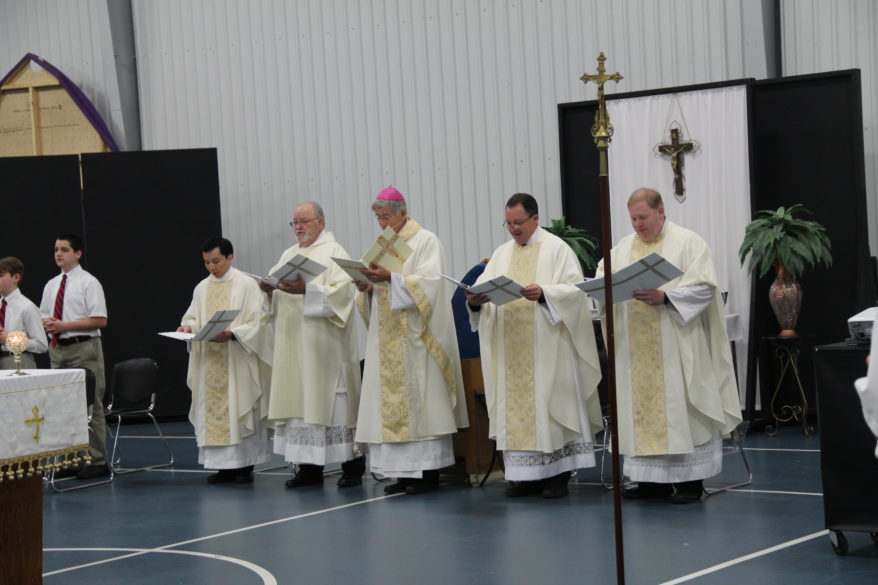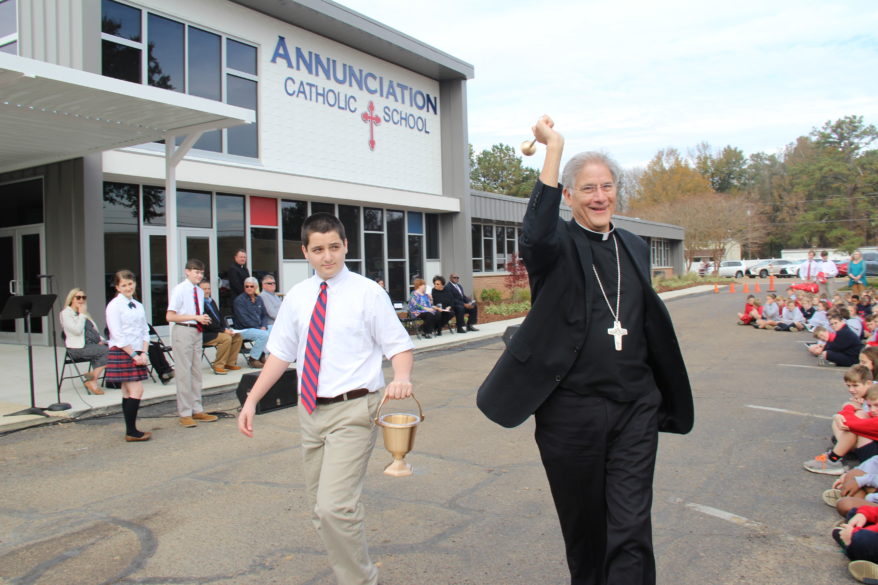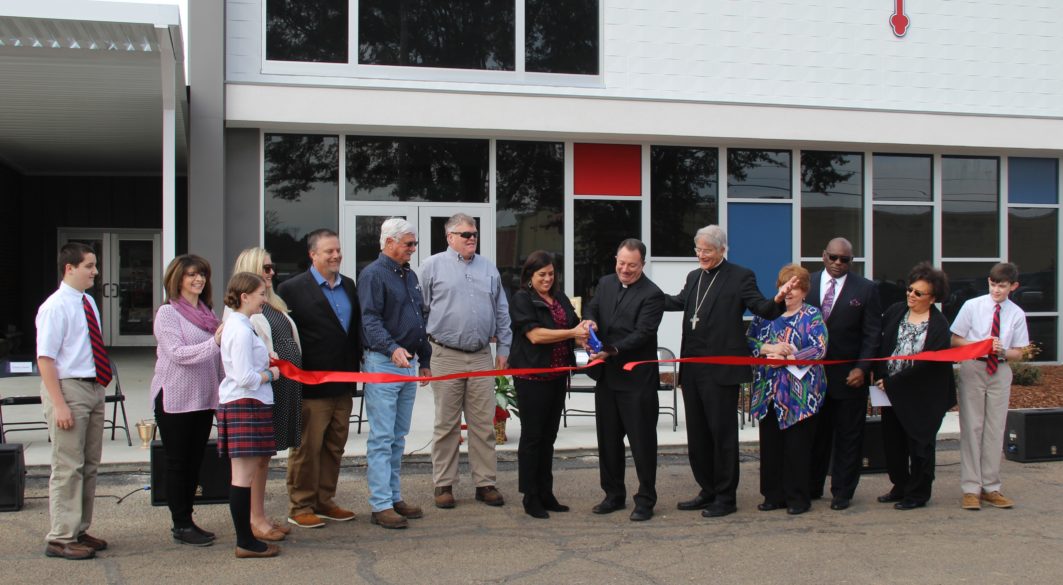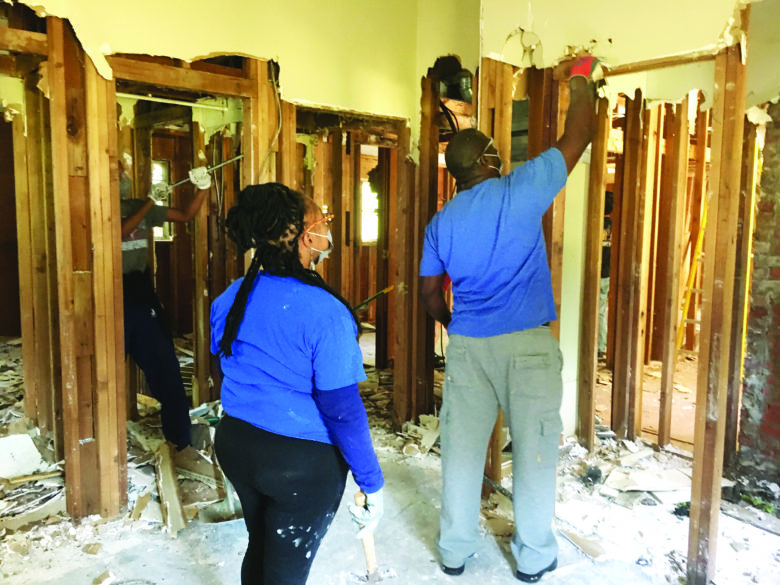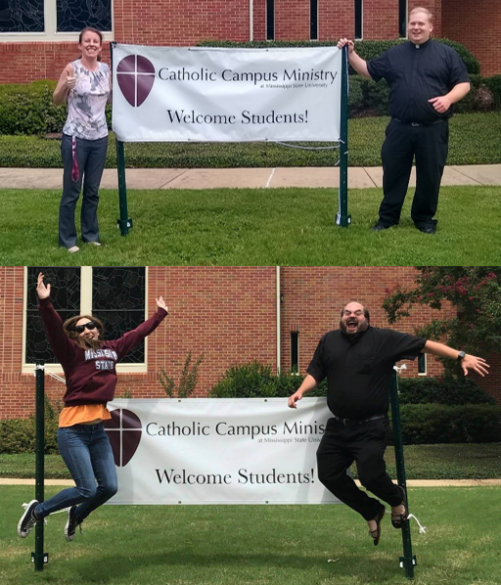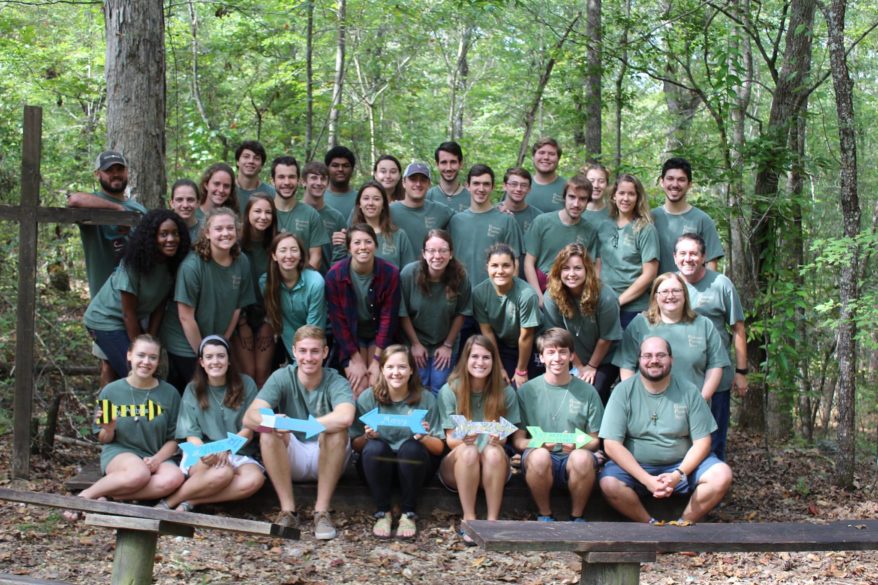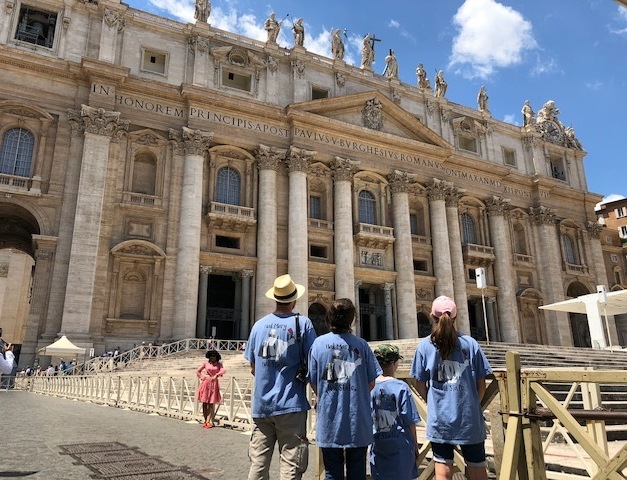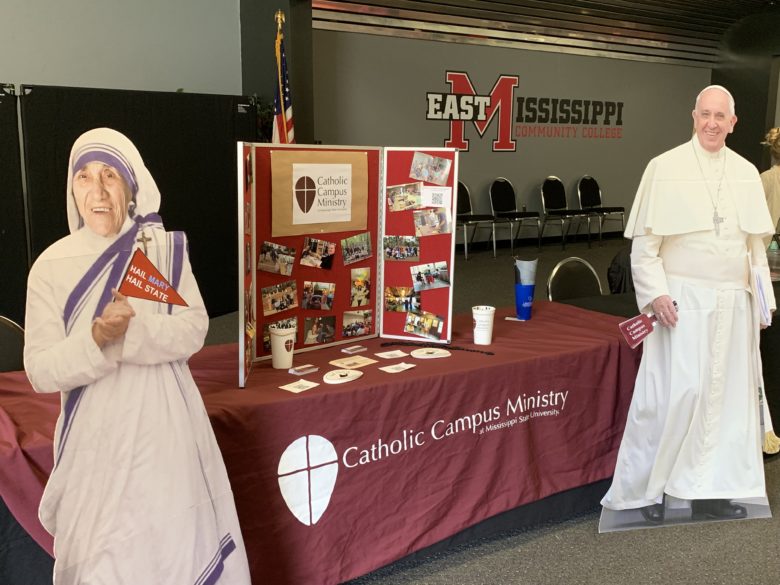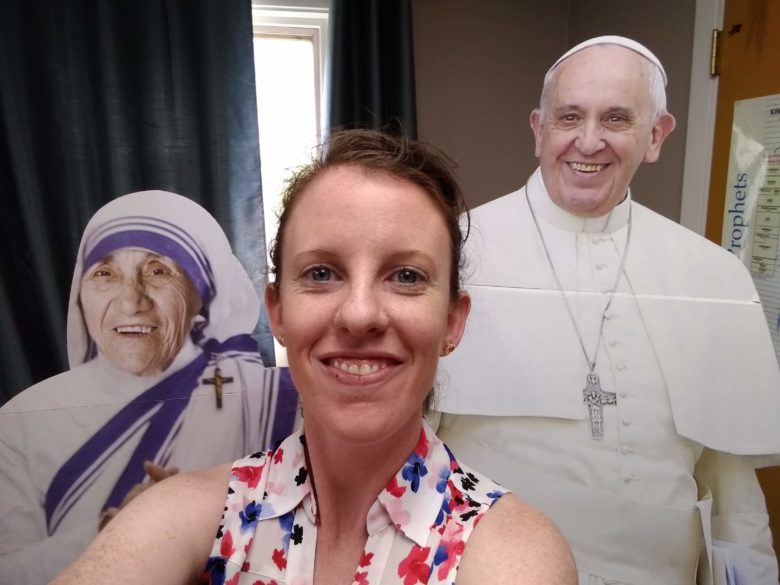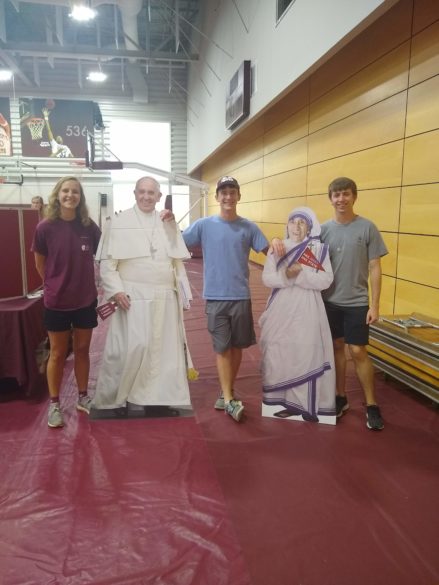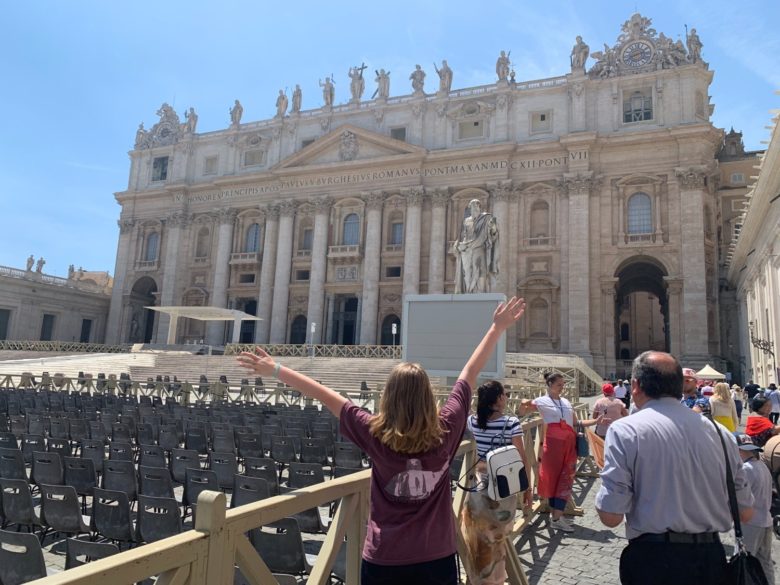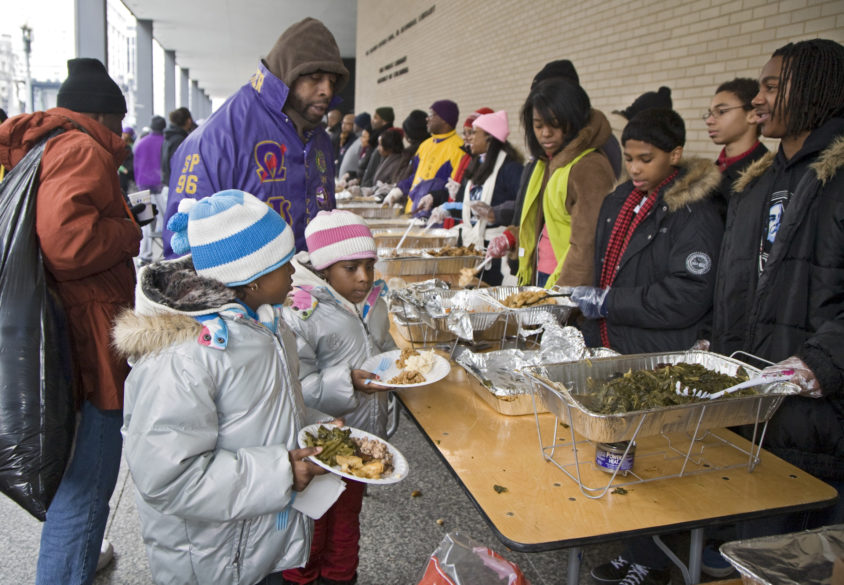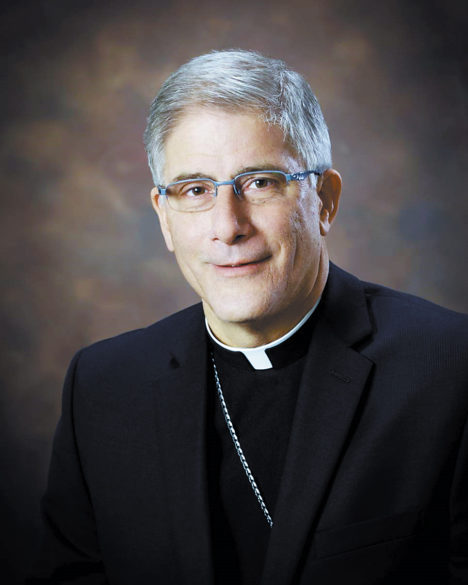
Por Obispo Joseph Kopacz
La Palabra de Dios en Adviento se desborda con una visión de justicia y paz, esperanza y reconciliación, solidaridad y comunidad para que este tiempo sea un anticipo de la eternidad. Al comienzo de esta temporada de expectativa y preparación, el primer domingo de Adviento, proclamamos el sueño de Dios para nuestro mundo según el profeta Isaías.
El siguiente pasaje de las Sagradas Escrituras se escuchó en toda la Iglesia Católica poco después que el Papa Francisco habló, con gran emoción, en los memoriales de Nagasaki e Hiroshima, sitios de las pesadillas nucleares que marcaron la culminación de la devastación al final de la Segunda Guerra Mundial:
“Éstas son las profecías que Isaías, hijo de Amós, recibió por revelación acerca de Judá y Jerusalén: En los últimos tiempos quedará afirmado el monte donde se halla el templo del Señor. Será el monte más alto, más alto que cualquier otro monte. Todas las naciones vendrán a él; pueblos numerosos llegarán, diciendo: «Vengan, subamos al monte del Señor, al templo del Dios de Jacob, para que él nos enseñe sus caminos y podamos andar por sus senderos.» Porque de Sión saldrá la enseñanza del Señor, de Jerusalén vendrá su palabra. El Señor juzgará entre las naciones y decidirá los pleitos de pueblos numerosos. Ellos convertirán sus espadas en arados y sus lanzas en hoces. Ningún pueblo volverá a tomar las armas contra otro ni a recibir instrucción para la guerra. ¡Vamos, pueblo de Jacob, caminemos a la luz del Señor!”
En estos monumentos, donde antes se abrieron las puertas del infierno, el Papa Francisco se solidarizó, una vez más, con la larga lista de profetas del Antiguo Testamento y papas de la era moderna y posmoderna, para clamar por justicia y paz con el ser humano.
San Juan XXIII escribió Pacem en Terris en 1963, menos de dos décadas después del final de la Segunda Guerra Mundial, abordando, en parte, el terrible desperdicio de recursos en la enloquecedora carrera armamentista, la bestia voraz del complejo militar-industrial, del cual el presidente Dwight D. Eisenhower advirtió en la década de 1950.
El 4 de octubre de 1965 el Papa Pablo VI, primer papa en comparecer ante las Naciones Unidas, habló de los horrores de la guerra y de la absoluta necesidad de la paz mundial. Él suplicó, con profunda emoción en su voz, “¡No más guerra! ¡Guerra, Nunca jamás!!
Dos años más tarde, escribió Populorum Progressio, el Desarrollo de los Pueblos, en el que abordó el terrible costo que el desarrollo, el despliegue y el uso de armas causaron en la familia humana, drenando los recursos necesarios para el desarrollo y matando el espíritu humano. Esta enseñanza apostólica exigía el pleno desarrollo de cada persona y de toda la persona. (n. 14)
El Papa Juan Pablo II y el Papa Benedicto vivieron directamente el infierno de la Segunda Guerra Mundial en Polonia y Alemania y a menudo hablaron con celo profético por la dignidad de la persona humana, la justicia y la paz. En el 50 aniversario de Populorum Progressio en 2017, el Papa Francisco estableció el Dicasterio para el Desarrollo Humano Integral, aplicando su pasión a la visión de Isaías, citada anteriormente. El Papa Francisco ama el concepto de integración y ve su necesidad urgente en todas las dimensiones de la vida. El desarrollo no puede restringirse al crecimiento material; significa integrar cuerpo y alma que encuentra su fuente en la Encarnación, el Dios-Hombre, Jesucristo. El desarrollo integral le da gloria a Dios y está en una relación con los demás. Desde lo personal a lo global, nuestro llamado es integrar a los pueblos de la tierra en armonía sostenible. La solidaridad y la subsidiariedad están en el corazón de la integración social de la economía, las finanzas, el trabajo, la cultura, la vida familiar y la religión al servicio de la red de la vida.
El Papa Francisco afirmó elocuentemente que “la vida humana es como una orquesta que suena bien si los diferentes instrumentos están acordes y siguen un puntaje compartido por todos: persona significa relación, no individualismo; afirma la inclusión, no la exclusión, la unicidad con una dignidad inviolable, en lugar de la explotación; libertad no coerción. El desarrollo humano integral es el camino del bien que la familia humana está llamada a recorrer.”
Más tarde, en noviembre de 2017, en Roma, en un simposio internacional llamado: “Perspectivas para un mundo libre de armas nucleares y para el desarrollo integral,” el Papa recordó a los participantes que el desarme integral solicitado por el Papa Juan XXIII en Pacem en Terris aún no se ha logrado. El pesimismo sombrío debe dar paso a un realismo saludable. El Papa Francisco declaró y citó la reciente declaración de las Naciones Unidas en 2015 que condena las armas nucleares como un medio ilegal de guerra, uniéndose a las filas de las armas biológicas y químicas prohibidas. Los catastróficos efectos humanitarios y ambientales serían impensables. El Santo Padre insistió en que la implacable carrera armamentista, nuclear y llamada convencional, “desvía recursos de la lucha contra la pobreza, la realización de proyectos educativos, ecológicos y de salud y el desarrollo de los derechos humanos. … No se pueden mantener las relaciones internacionales cautivas de la fuerza militar, la intimidación mutua y el desfile de arsenales. … El progreso que es efectivo e inclusivo puede lograr la utopía de un mundo libre de instrumentos mortales y de agresión, contrario a las críticas de aquellos que consideran idealista cualquier proceso de desmantelamiento.”
En el vuelo de regreso desde Japón, después de visitar Nagasaki e Hiroshima y al hablar sobre el uso de las armas nucleares, el Papa recordó a los periodistas “…Dije nuevamente que el uso de armas nucleares es inmoral; Esto debe ir al Catecismo de la Iglesia Católica. Y no solo el uso, sino también la posesión.”
Estados Unidos es la única superpotencia en este momento de la evolución de la humanidad y tenemos el potencial de ser un faro de mayor justicia y paz que puede guiar a las naciones del mundo en el camino del desarme integral. hacia el desarrollo humano integral, con el anhelo de Isaías, “¡Vamos, pueblo de Jacob, caminemos a la luz del Señor!”

